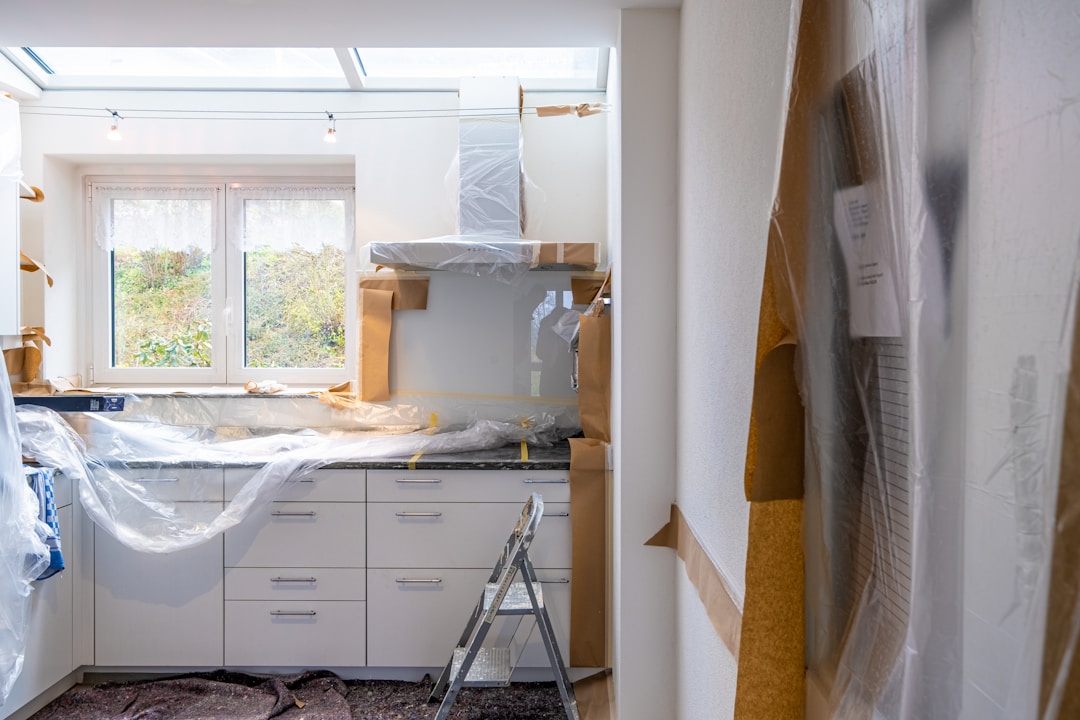Remodeling your home is an exciting venture that can breathe new life into your living space. As rewarding as the process can be, it’s also essential to consider the impact your renovation can have on the environment, particularly when it comes to waste management. Ensuring you have a plan for waste removal and sustainable practices will not only help with the efficiency of your remodel but also minimize the environmental footprint you leave behind. Keep reading to discover how you can transform your living space responsibly.
Planning Your Home Remodel for Maximum Efficiency and Minimal Waste
A crucial first step in any home remodel is meticulous planning. This entails not only designing your dream space but also considering how to execute the remodel with reduced waste. Detailed planning can help you order the exact quantities of materials needed, avoiding excess that ends up in the landfill.
Another key factor is timing. Aligning your project’s timeline can help you minimize the time materials sit unused and therefore unprotected from potential damage. Moreover, it ensures that the disposal of waste occurs in a managed and environmentally friendly manner.
Partnering With Responsible Waste Disposal Services

For sizable remodels, you’ll inevitably have to dispose of some amount of waste. Partnering with responsible waste disposal services, like Howell recycling services, can ensure that your renovation debris is handled in an environmentally friendly manner. These services focus on recycling and diverting waste from landfills wherever possible. You can find a recycling center in Howell by simply searching online.
It’s also essential to verify that the disposal service you select is certified and follows government regulations for waste management. This ensures that the waste from your home remodel is disposed of legally and responsibly, particularly when it comes to hazardous materials.
Many responsible waste services can also provide you with a detailed report of where your waste ends up, which is very useful for homeowners who are invested in environmentally sustainable practices. It encourages transparency and allows you to see the impact of your choices.
Choosing Sustainable Materials and Practices for Eco-Friendly Renovation
When selecting materials for your remodel, opt for those that are sustainable and eco-friendly. This can include using recycled or reclaimed wood, low-VOC paints, and energy-efficient fixtures. Not only will these materials help reduce your carbon footprint, but they can also lead to a healthier home environment.
Additionally, consider implementing practices that limit waste production during your renovation. For example, instead of demolition, which creates a large amount of debris, you can opt for deconstruction and salvaging materials that can be reused or recycled.
Eco-friendly renovations often involve upgrading to more energy-efficient systems. For instance, installing a modern HVAC Brighton CO can significantly lower energy usage while maintaining comfort in your home. It’s important to find qualified HVAC professionals who are experienced in installing such systems.
Segregating Remodeling Waste: A Step-by-Step Guide for Homeowners
Proper waste segregation is one of the most critical steps in responsible waste disposal. Begin by separating materials into categories: recyclables, donations, hazardous waste, and actual garbage. Clear signage and different containers for each category can simplify this process.
Recyclables include metals, glass, certain plastics, and cardboard. These materials can usually be taken to a recycling center or collected by your local recycling service. Some waste, like old fixtures or lightly used items, may be suitable for donation to charity or local community projects.
Hazardous waste, such as paint, solvents, and batteries, requires special care. These materials should never be thrown in with general waste, as they can be dangerous to the environment and public health. Check with your local waste management authorities for proper disposal guidelines
Repurposing and Donating: Giving New Life to Old Home Fixtures and Materials

Before you toss out the old fixtures and materials from your home, consider whether they can be repurposed. Old doors, windows, and woodwork can often be transformed into furniture or decorative pieces. This not only minimizes waste but adds a unique and personal touch to your home.
Donating is another excellent way to give new life to your old fixtures. Many non-profit organizations renovated homes for the less privileged, and your donations can go a long way in helping those in need. Plus, it’s a fulfilling way to see your old materials being put to good use.
Community forums and online marketplaces are also great platforms for finding new homes for your unwanted items. You might be surprised at the demand for second-hand building materials and fixtures, which can be especially useful for DIY enthusiasts or artists looking for project materials.
Overall, remodeling your home doesn’t have to come at the expense of the environment. With careful planning, the selection of eco-friendly materials, proper waste segregation, partnering with responsible waste disposal services, and repurposing or donating old materials, you can significantly reduce your renovation’s ecological footprint.




